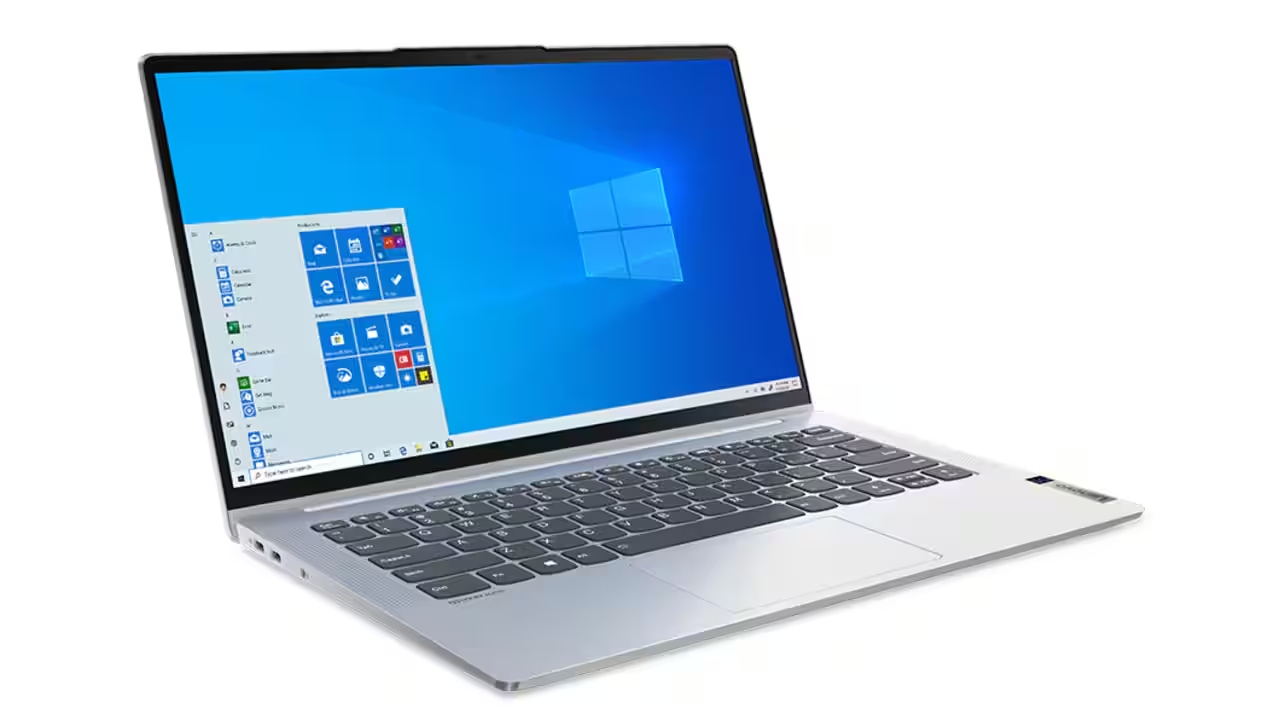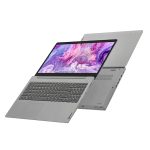Facing a situation where your Lenovo laptop won’t turn on can be alarming, but there are several troubleshooting steps you can take before seeking professional help. Whether the issue is related to power, hardware, or software, the following strategies can help diagnose and perhaps resolve the problem.
Checking Power Supply and Battery
The first step in troubleshooting is to ensure that the problem isn’t as simple as a drained battery or a disconnected power supply.
Verifying the Power Connection
Make sure your Lenovo laptop is connected to a working power outlet. Check the AC adapter and power cord for any signs of damage or wear. If possible, try using a different charger compatible with your Lenovo laptop to rule out a faulty power adapter. It’s also important to check whether the power indicator light on the laptop comes on when you plug in the adapter, as this can be a clue to where the issue lies.
Inspecting the Battery Health
If your laptop has a removable battery, take it out and press the power button for about 15 seconds to discharge any residual power in the system. Then, reinsert the battery and try to power on the laptop. If the battery is non-removable or if the laptop still doesn’t turn on, the battery could be the issue. If you have access to a spare compatible battery, try replacing it to see if it resolves the problem.

Performing a Hard Reset
Sometimes your Lenovo laptop may not turn on due to a software lockup. Performing a hard reset can potentially fix this issue.
Executing the Hard Reset Procedure
To perform a hard reset, disconnect all peripherals and external devices from the laptop. If your model has a removable battery, take it out. Then, hold down the power button for at least 15 seconds to reset the laptop’s internal components. After that, re-insert the battery (if it was removed), connect the power adapter, and try turning on the laptop again.
Evaluating the System’s Response
Take note of any noises, lights, or fan activity when attempting to power on your laptop after the hard reset. If you hear the fan or hard drive spinning, see lights, or hear beeps, it indicates that the laptop is trying to boot, which can mean different troubleshooting methods are required.
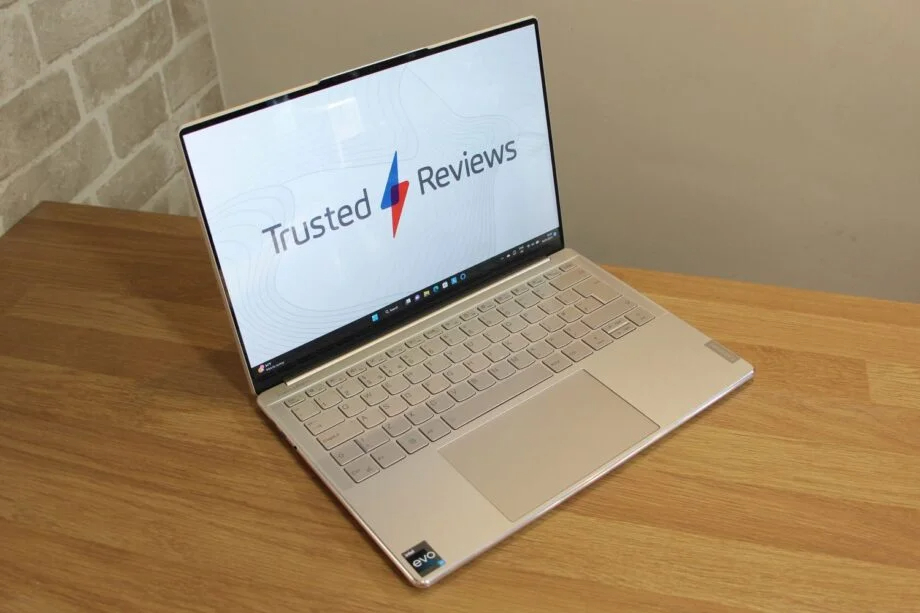
Investigating Hardware and Peripheral Devices
Hardware issues can prevent your Lenovo laptop from turning on. It’s essential to determine if a specific component is causing the problem.
Checking for Defective Peripherals
Disconnect all peripheral devices, including USB drives, external monitors, and any other accessories. A defective peripheral can sometimes prevent a laptop from booting. After disconnecting everything, try to turn on the laptop again. If it powers on, reconnect devices one by one to identify the faulty peripheral.
Diagnosing Display Issues
If your laptop seems to be turning on (indicated by sounds or lights) but there’s no display on the screen, the issue could be related to the screen itself or to the graphics hardware. Try connecting an external monitor to determine if the problem is with the screen. If the external monitor works, the laptop screen might need repair. If it doesn’t, the issue could be with the internal graphics hardware.
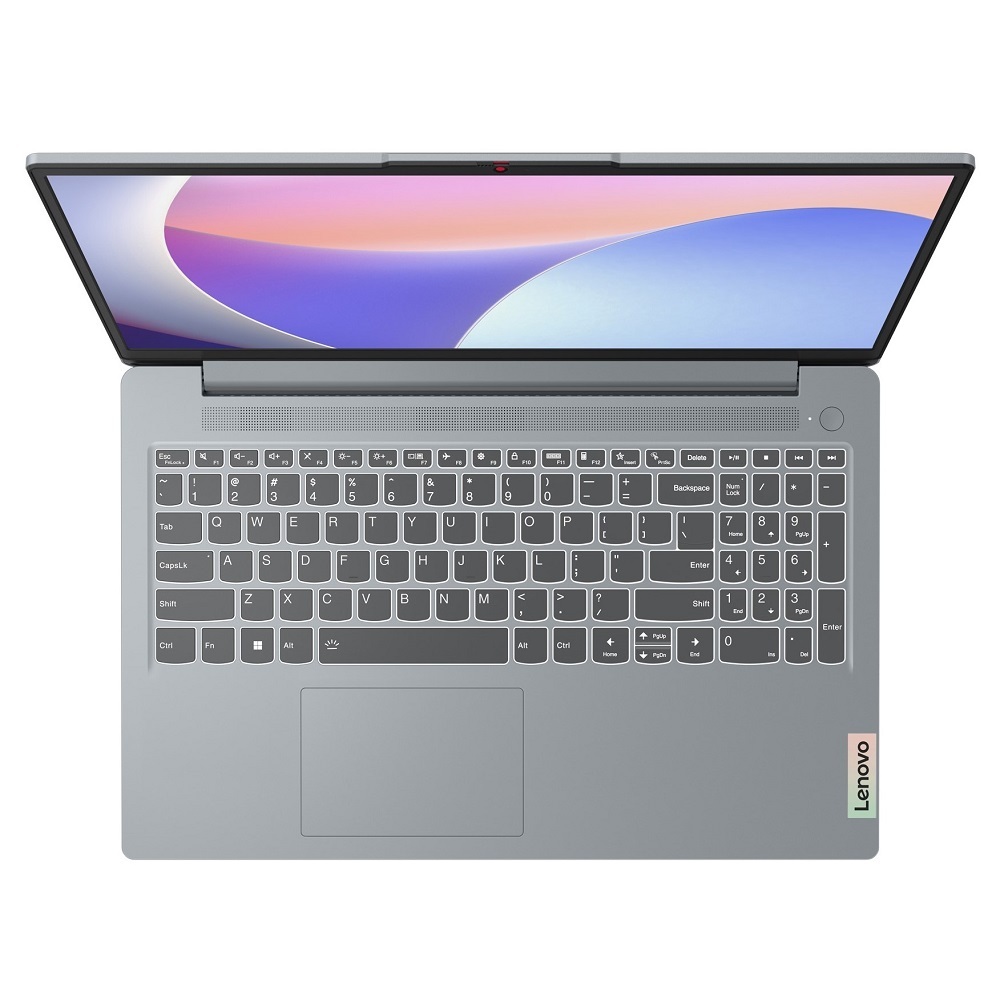
Seeking Professional Assistance
When all home troubleshooting fails, it’s time to consider professional assistance to resolve the issue with your Lenovo laptop.
Contacting Lenovo Support
Reach out to Lenovo support for guidance, especially if your laptop is still under warranty. They can provide more advanced troubleshooting steps or inform you about the warranty service options available for your specific situation.
Taking Your Laptop to a Certified Repair Technician
If your warranty has expired or you require immediate assistance, taking your Lenovo laptop to a certified repair technician might be the best course of action. A professional can diagnose hardware problems that are not easily fixable at home and suggest the appropriate repairs or replacements needed to get your laptop working again.
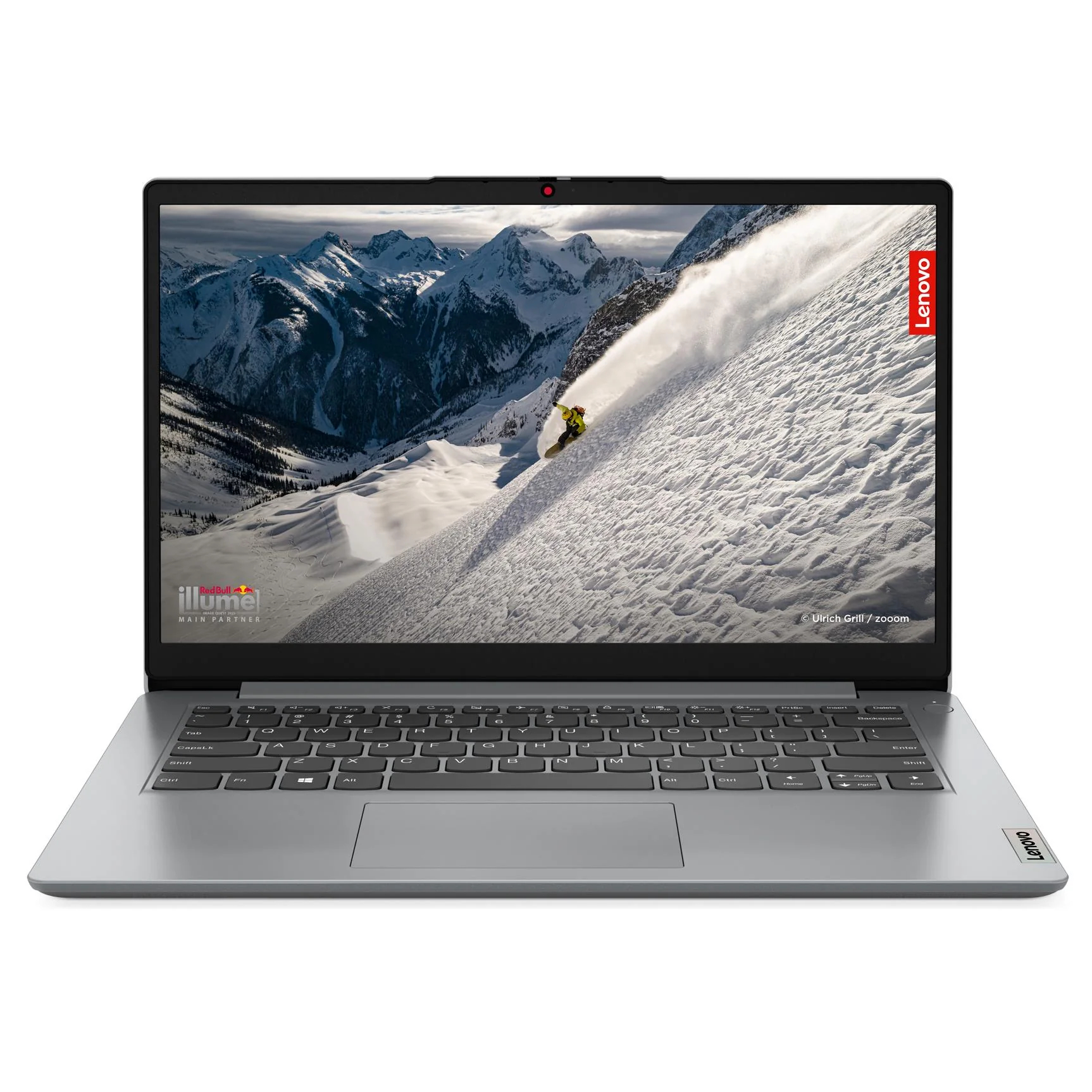
Exploring BIOS and Boot Issues
In some cases, the reason your Lenovo laptop won’t turn on could be related to BIOS settings or the boot sequence. The BIOS may need resetting or reconfiguring due to a misconfiguration or a failed update.
Resetting the BIOS to Default
An incorrect BIOS setting can prevent the laptop from starting properly. To reset the BIOS, you will typically need to access the BIOS setup during boot by pressing a specific key like F1, F2, or Delete as soon as you power on the laptop. Once in the BIOS setup utility, look for an option to reset to default settings, often labeled as ‘Load Optimal Defaults’ or ‘Load Setup Defaults.’ After saving the changes and exiting the BIOS, try to boot the laptop again.
Checking Boot Sequence and Devices
Ensure that the boot sequence in the BIOS is set correctly, with the internal hard drive where the operating system is installed listed as the primary boot device. If the laptop is trying to boot from a non-bootable external device or a corrupted hard drive, it can fail to start.
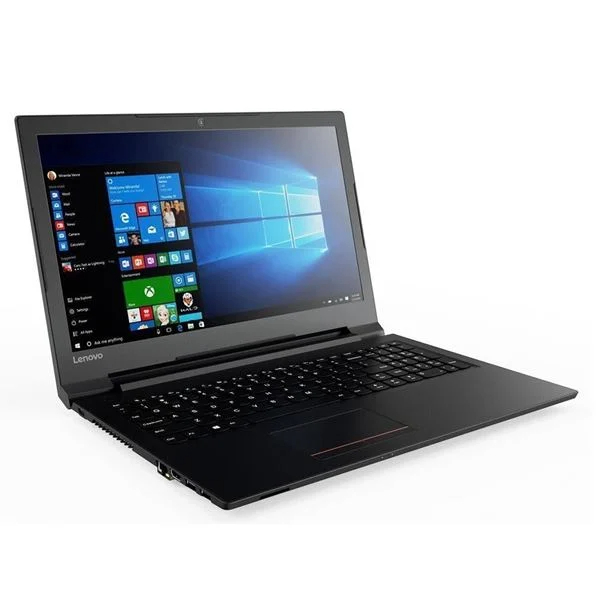
Considering System Recovery Options
If the issue isn’t hardware-related, the problem might lie within the operating system. Corrupt system files or failed updates can impede startup, but Lenovo provides recovery options that can help restore your laptop without the need for it to boot fully.
Using Lenovo OneKey Recovery
Some Lenovo laptops come with a dedicated recovery button called the Novo button. With the laptop powered off, press this small button with a paperclip or pen to boot into the Lenovo recovery system. From there, you can choose to restore the system from a previous backup or reset the laptop to factory settings, which will erase all data and reinstall the operating system.
Booting from Recovery Media
If you’ve created recovery media or have installation media for your operating system, you can try to boot from it to access repair tools. Insert the disc or USB drive and use the boot menu or BIOS settings to select it as the boot device. Follow the on-screen instructions to repair the system or perform a clean installation.
A Lenovo laptop that won’t turn on can signal various issues, from simple power supply problems to more complex hardware failures. By following these troubleshooting steps, you increase your chances of identifying and possibly fixing the issue without needing professional help. Remember that regular maintenance and keeping your laptop clean can prevent some of these problems from occurring in the first place. If in doubt, seeking professional advice is always a prudent choice to ensure the longevity and functionality of your laptop.
